European Commission to launch SMR alliance

The European Commission intends to establish early next year an industrial alliance focused on small modular reactors, EC energy commissioner Kadri Simson announced last week.

A message from Electrical Builders, Ind.
America’s Top Performing Nuclear Plants Rely on Electrical Builders, Industries to Expand and Extend the Life of Their Critical Electrical Assets

The European Commission intends to establish early next year an industrial alliance focused on small modular reactors, EC energy commissioner Kadri Simson announced last week.

The Nuclear Regulatory Commission’s Office of Nuclear Regulatory Research is hosting two workshops on reactor topics before the end of the year.

Hopkins
This morning, just ahead of the plenary session “Space: The (Next) Nuclear Frontier,” American Nuclear Society Executive Director/CEO Craig Piercy invited John Hopkins, president and CEO of NuScale Power, to take the stage. The audience knew Hopkins was there not to announce a new contract or business development, but to answer the spoken and unspoken questions that followed last week’s announcement that the Carbon Free Power Project (CFPP)—for years expected to be NuScale’s first operational reactor—had been terminated by mutual agreement of the company and its customer, Utah Associated Municipal Power Systems (UAMPS).
Predictably, media headlines have burbled with doubt about the prospects for nuclear energy because one high-profile contract backed by significant cost-shared funds from the Department of Energy had been cancelled—out of dozens of ongoing projects by NuScale and other reactor developers. But those headlines—and the questions of curious ANS members—deserve a response.
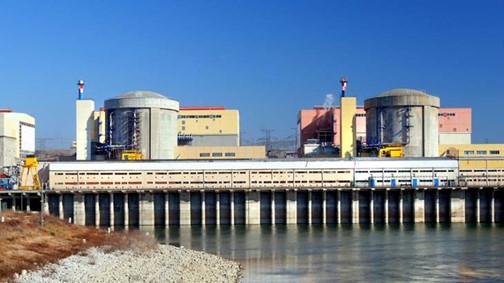
AtkinsRéalis subsidiary Candu Energy and the Canadian Commercial Corporation, a federal crown entity, have announced the receipt of an award letter from Romania’s Nuclearelectrica for the provision of engineering, technology, and procurement of tooling and reactor components in support of the Cernavoda Unit 1 life-extension project.
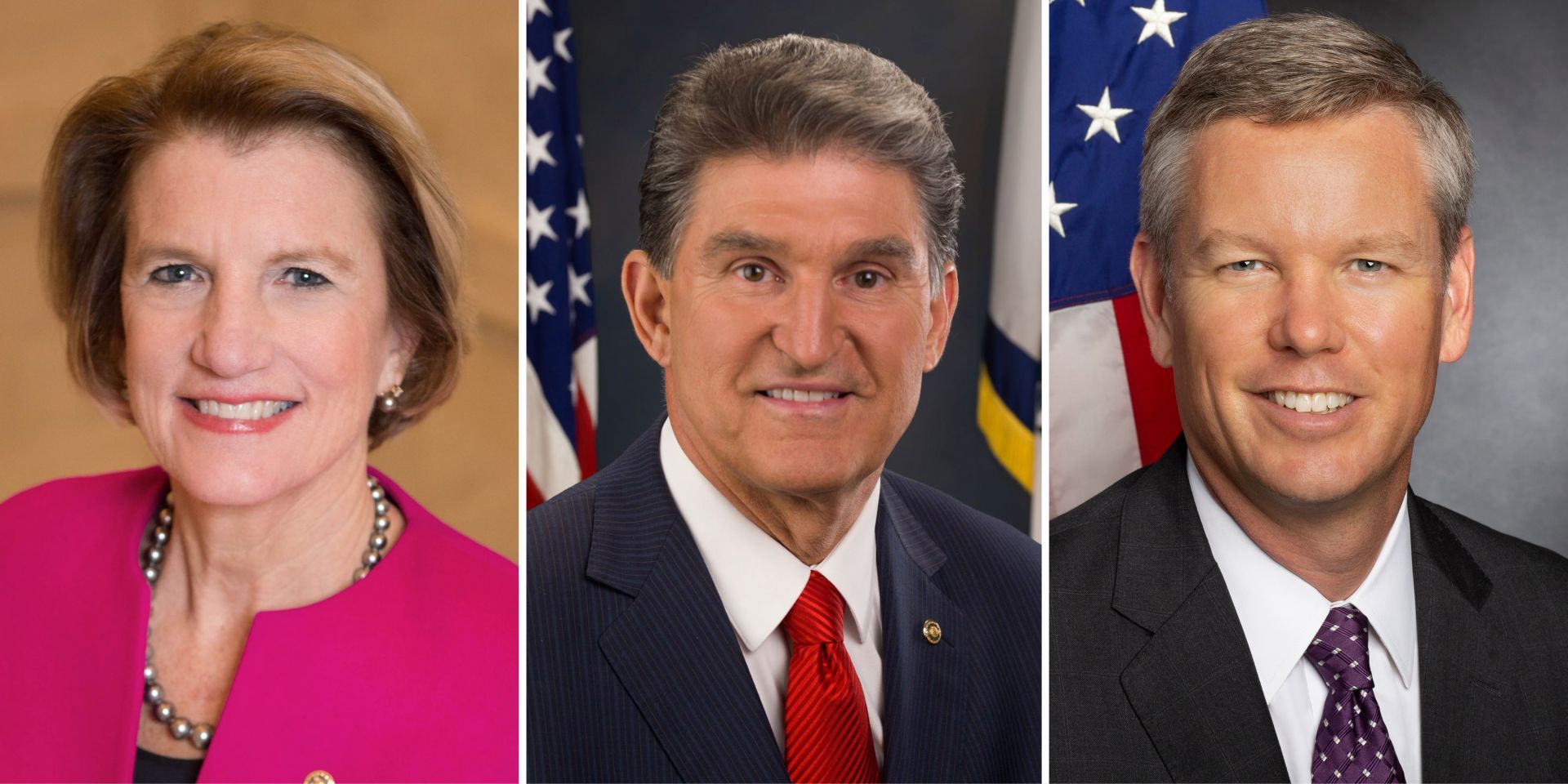
The American Nuclear Society’s 2023 Winter Meeting and Expo opened on November 12 and its packed opening plenary the next day generated a lot of buzz. Featured speakers included West Virginia senators Shelley Moore Capito and Joe Manchin as well as Nuclear Regulatory Commission chair Christopher Hanson. They each addressed top issues facing the nuclear enterprise to a full house of more than 1,000 members of the wider nuclear community.
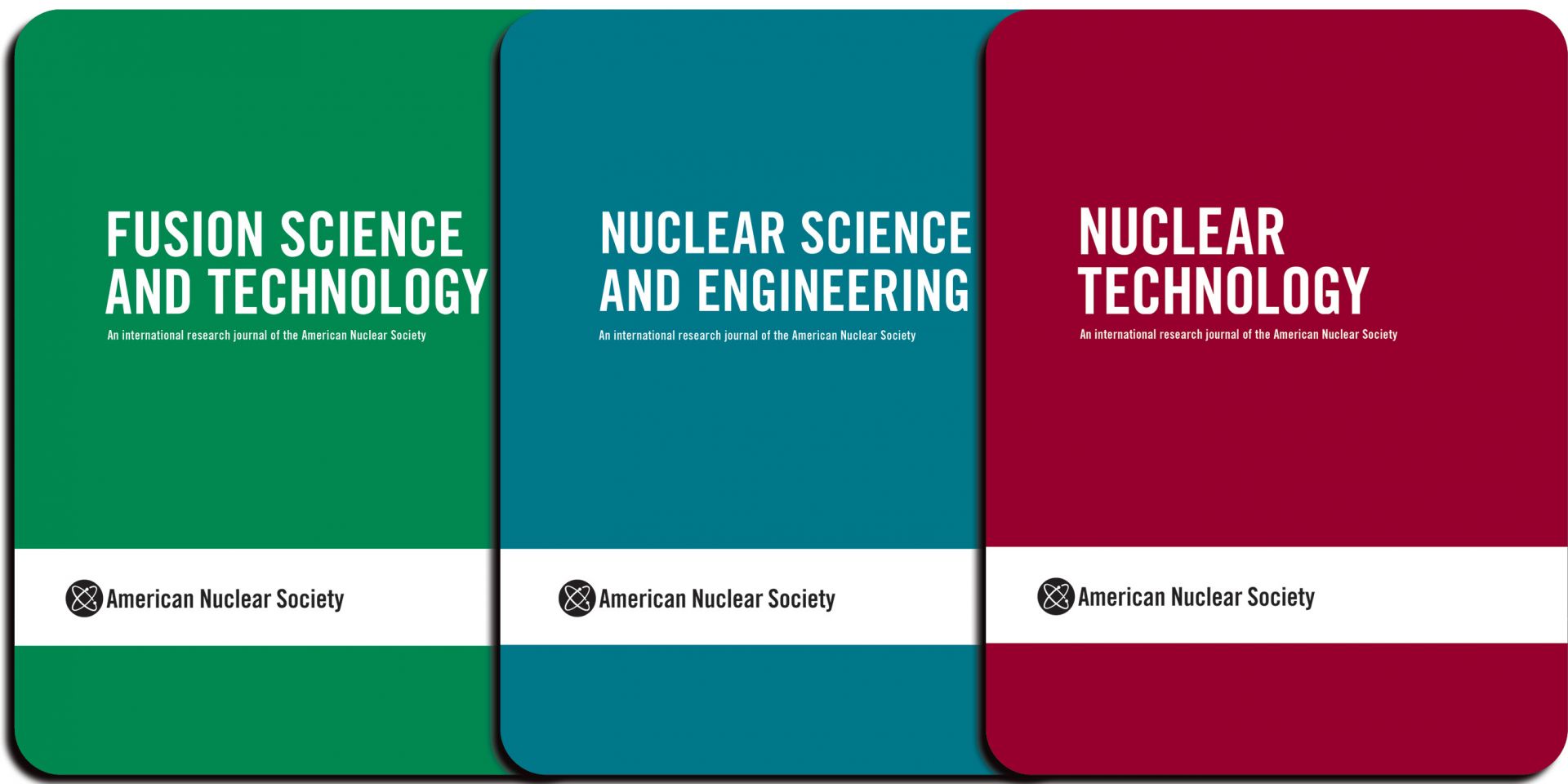
The three international research journals published by ANS frequently dedicate issues to special topics or selected top papers presented at conferences, and ANS members can read for free with the subscription included in their membership. To access any of the issues mentioned below, as well as the entire decades-long archive of the journals, visit ans.org/pubs/journals/ and log in to your member account. Here’s a recap of the research highlights published in current issues of Nuclear Science and Engineering (NSE), Nuclear Technology (NT), and Fusion Science and Technology (FST).
The Department of Energy Isotope Program and QSA Global, a Burlington, Mass.–based manufacturer of sealed radioisotope sources, agreed to a joint product development project to initiate domestic production of iridium-192, which is used in industrial gamma ray radiography.
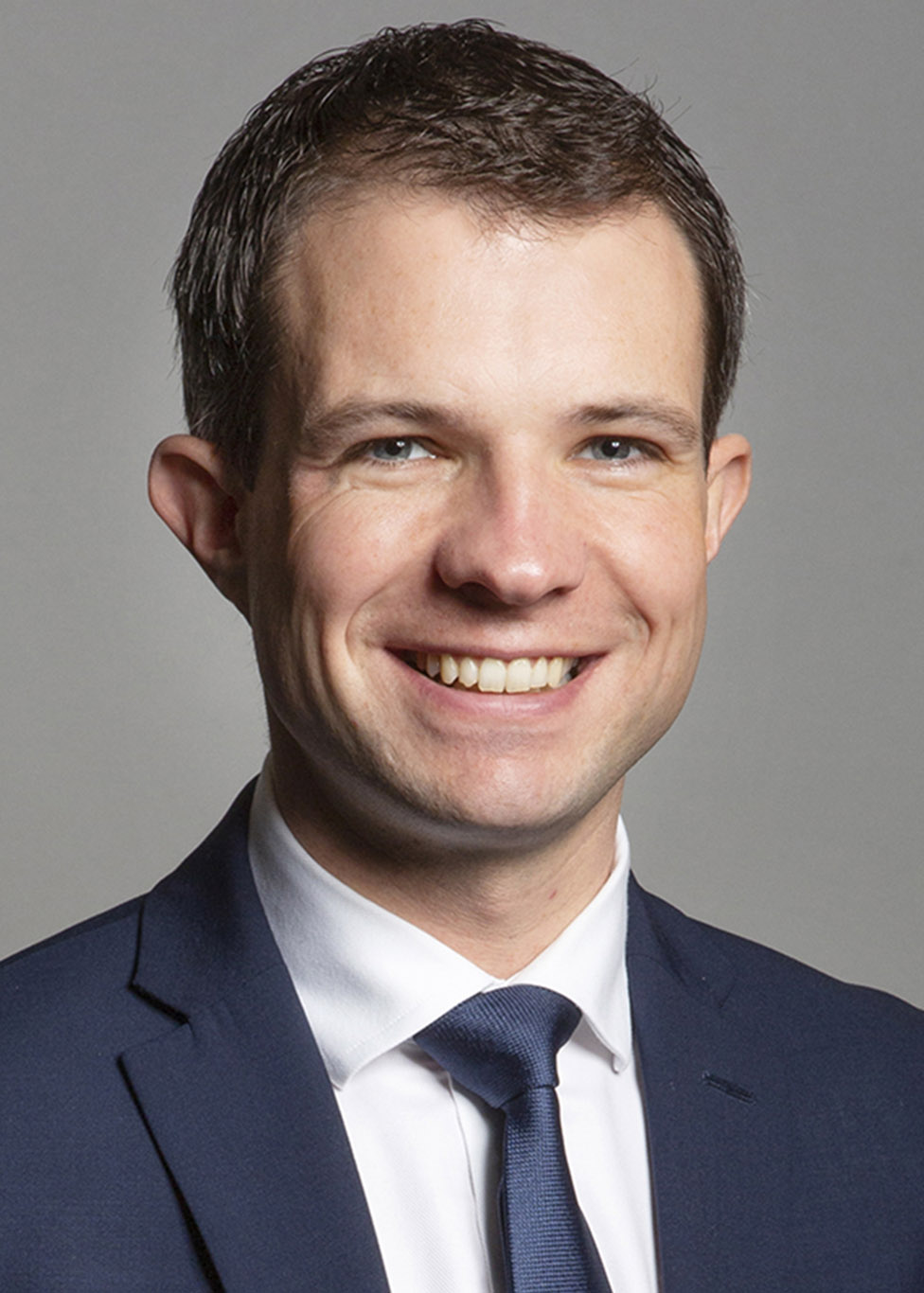
Bowie
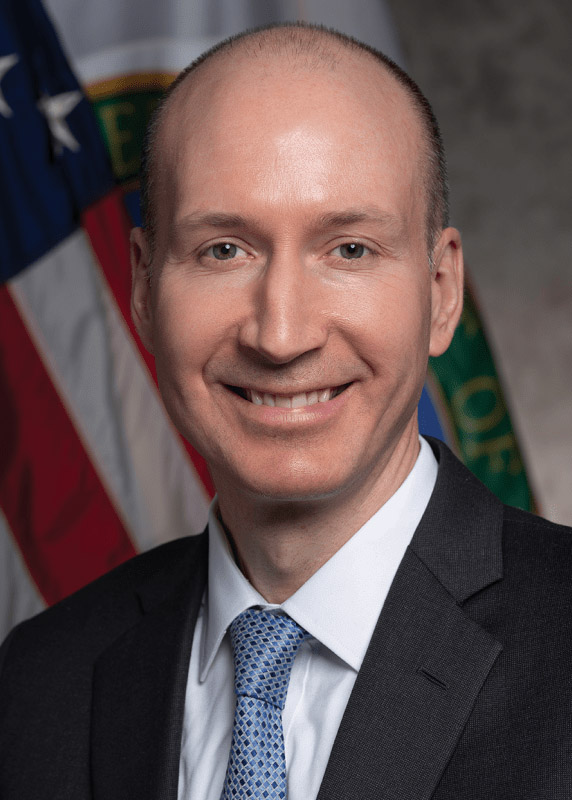
Turk
Two top energy officials—U.S. deputy secretary of energy David M. Turk and U.K. minister for nuclear and networks Andrew Bowie—met on November 8 in Washington, D.C., to talk about a “coordinated, strategic approach” to advance fusion energy demonstration and commercialization and “maximize value” for both nations.

ULC-Energy, a nuclear development and consultancy company based in the Netherlands, has signed a memorandum of intent with Danish carbon emission reduction technology firm Topsoe and Britain’s Rolls-Royce SMR to investigate the production of hydrogen using Topsoe’s solid oxide electrolysis cell (SOEC) technology and electricity and heat from a Rolls-Royce small modular reactor plant.

Outside my office, there is a display case filled with rock samples from all over the world. It contains a disk of translucent, orange salt from the Waste Isolation Pilot Plant near Carlsbad, N.M.; a core of white-and-bronze gneiss from the site of the future deep geologic repository in Eurajoki, Finland; several angular chunks of fine-grained, gray claystone from the underground research laboratory at Bure, France; and a piece of coarse-grained granite from the underground research tunnel in Daejeon, South Korea.

Focused Energy and Lawrence Livermore National Laboratory have signed a strategic partnership project agreement that will allow LLNL—home of the National Ignition Facility (NIF)—to help the company develop and assess isochoric compression target designs for inertial fusion energy. Focused Energy announced the news on November 7.
Cameco, the front-end uranium mining, milling, and conversion company headquartered in Saskatchewan, Canada, is now officially a co-owner of Westinghouse Electric Company—alongside Brookfield Asset Management, its publicly listed affiliate Brookfield Renewable Partners, and its institutional partners.

Pacific Gas and Electric earlier this week filed a license renewal application with the Nuclear Regulatory Commission to extend the lifetime of California’s Diablo Canyon Nuclear Power Plant by up to 20 years. Diablo Canyon generates 8 percent of the state’s clean electricity, providing carbon-free electricity to 3 million people.
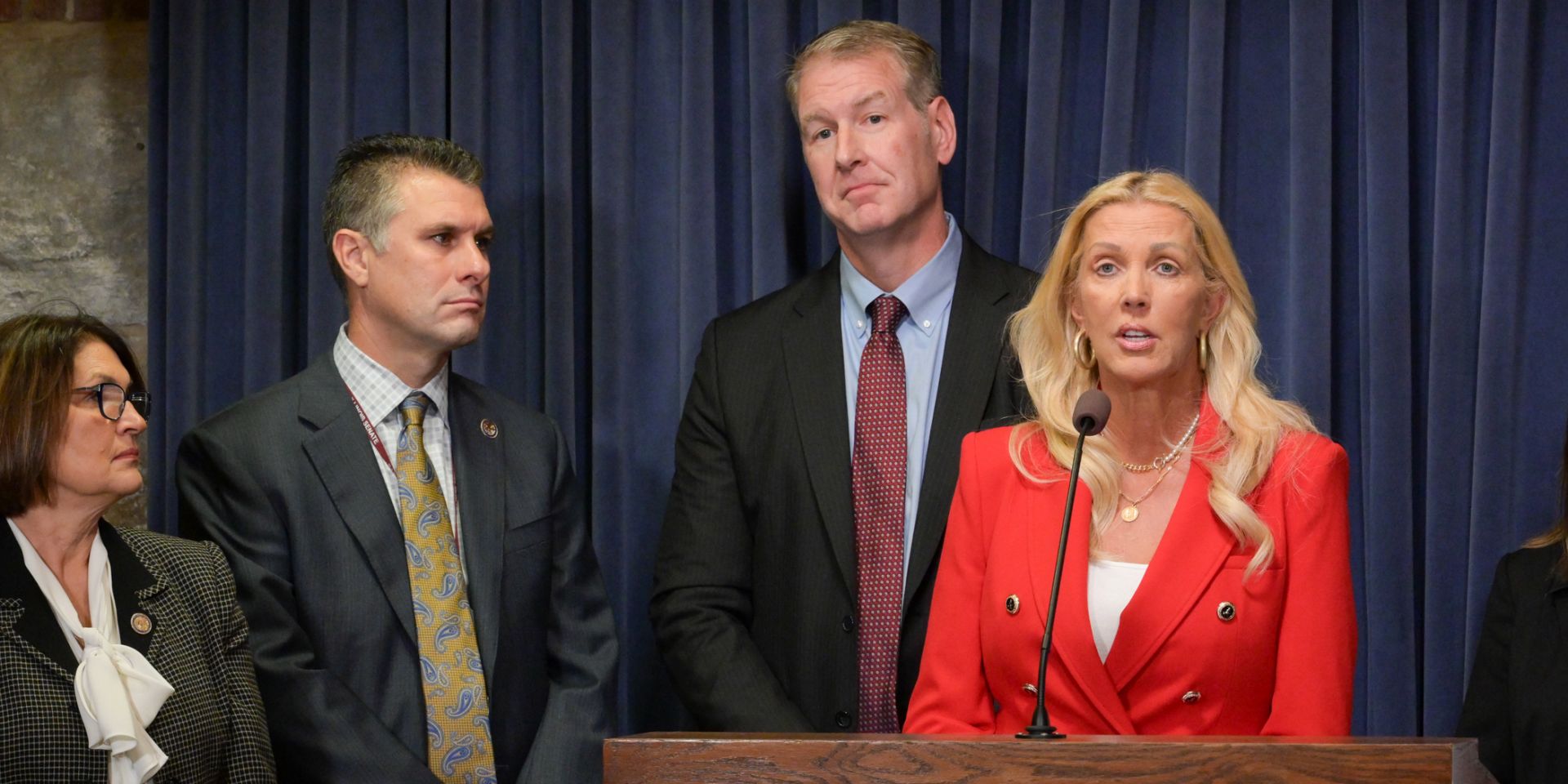
While an initial bill aimed at lifting the decades-old ban on new nuclear construction in Illinois was vetoed in August by Gov. J. B. Pritzker, the state’s nuclear-friendly legislature is giving the effort another shot, opting to pursue new legislation rather than a veto override.

Utah Associated Municipal Power Systems (UAMPS) and NuScale Power announced November 8 that they have mutually agreed to end the Carbon Free Power Project (CFPP)—a plan to build a set of 77-MWe pressurized water reactors, called NuScale Power Modules, at Idaho National Laboratory. The reactors were intended to provide power to INL and UAMPS customers in Utah and surrounding states with an anticipated start date of 2029.
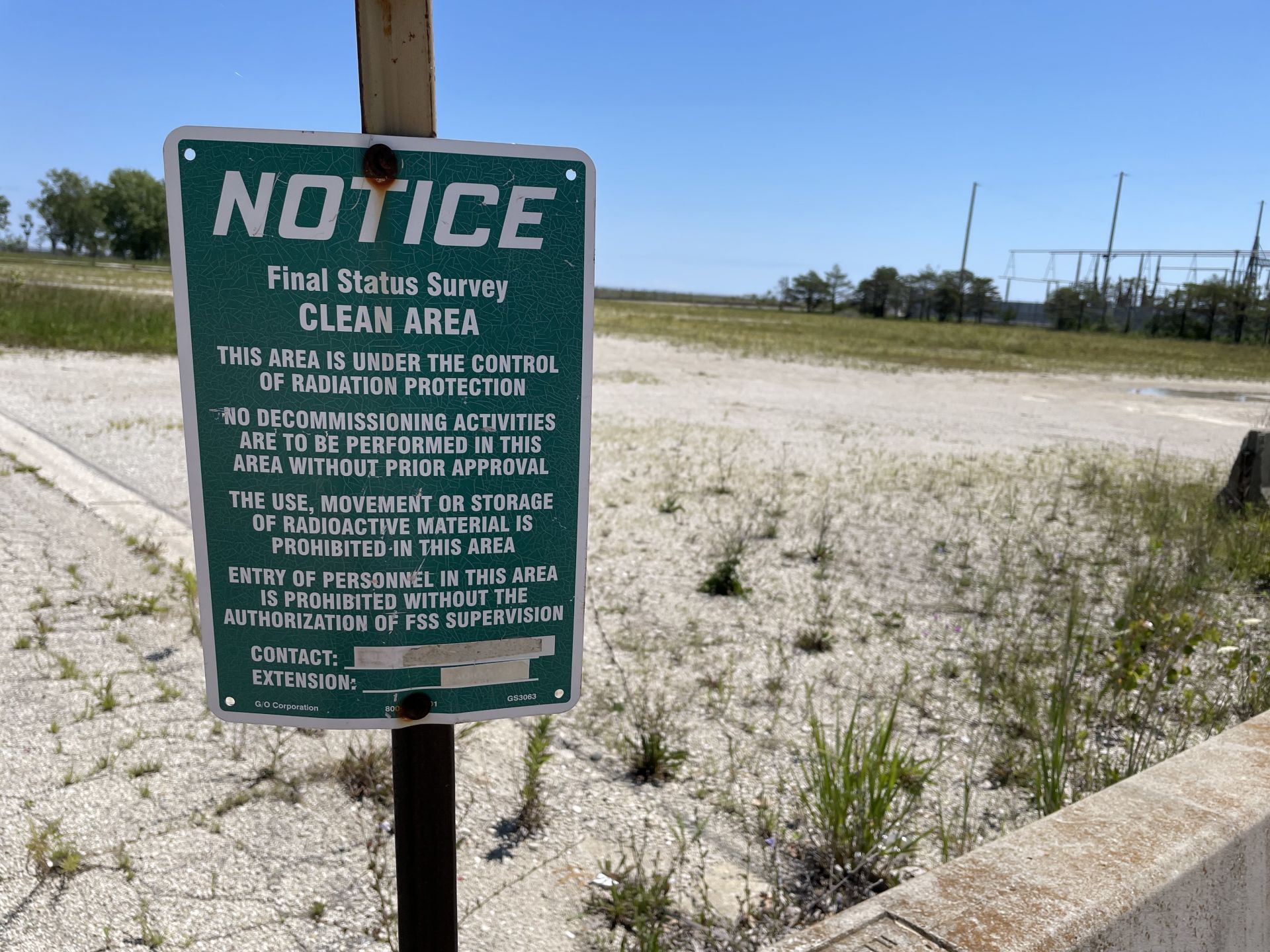
The Nuclear Regulatory Commission has released for “unrestricted use” most of the land on and around where the Zion nuclear power plant once operated in northeastern Illinois. This means that any residual radiation is below the NRC’s limits and there will be no further regulatory controls by the agency for that portion of the property.

Centrus Energy and the Department of Energy announced November 7 that Centrus has produced 20 kilograms of HALEU at the DOE-owned American Centrifuge Plant in Piketon, Ohio, satisfying Phase One of a DOE contract to stand up and operate 16 advanced centrifuges. Centrus will now move on to Phase Two of the contract, which requires a full year of HALEU production at a rate of 900 kilograms per year.

As far back as the 1940s, the U.S. Atomic Energy Commission and other organizations commissioned dozens of nuclear energy–related educational films. They delve into a variety of topics, including the development of nuclear reactors, radiation and reactors for space, and the political history of nuclear technology in the United States.

The second of the two VVER-1200 pressurized water reactors at Belarusian, the sole nuclear power plant in Belarus, has entered commercial operation, Russia’s state-owned atomic energy corporation Rosatom announced last week.
The Department of Energy’s Office of Environmental Management said crews at its Hanford Site in Washington state have started pouring the first molten glass from a waste vitrification melter into a stainless steel container at the site’s Waste Treatment and Immobilization Plant, also known as the Vit Plant.